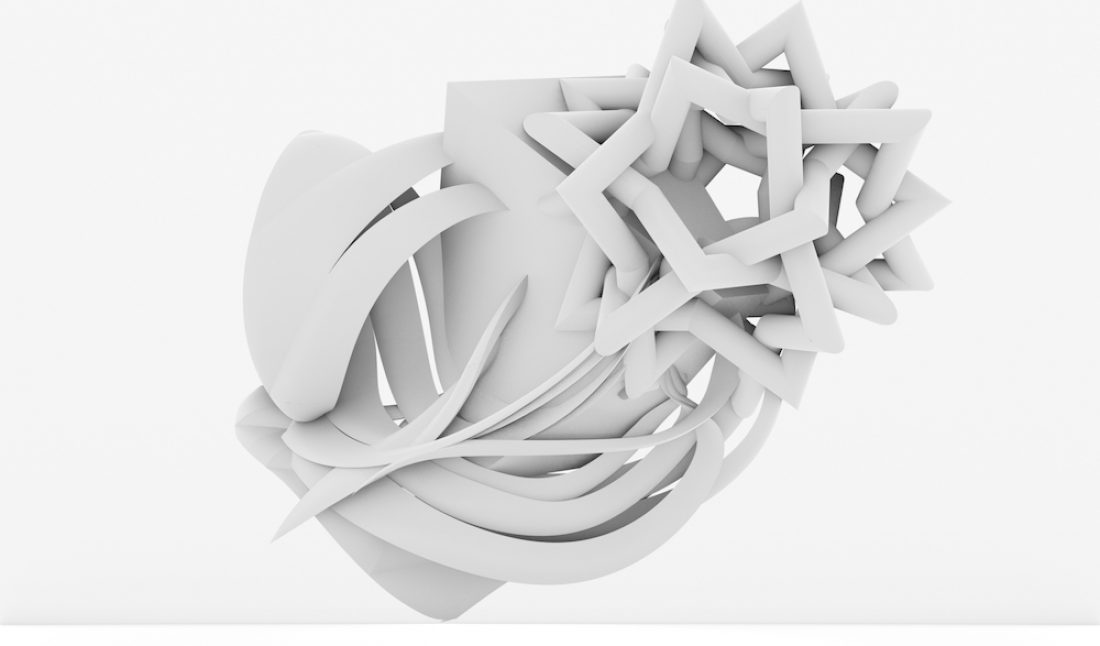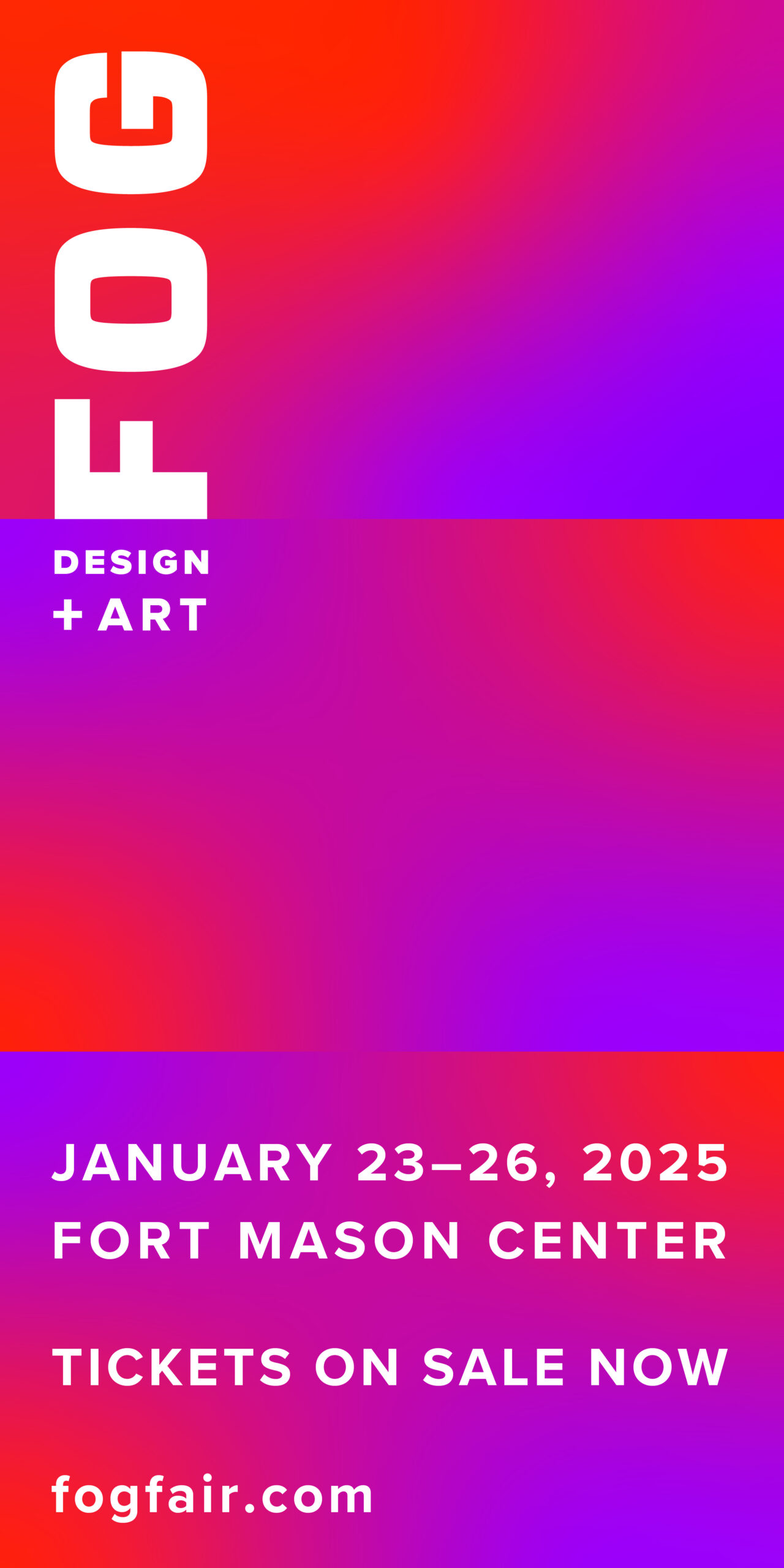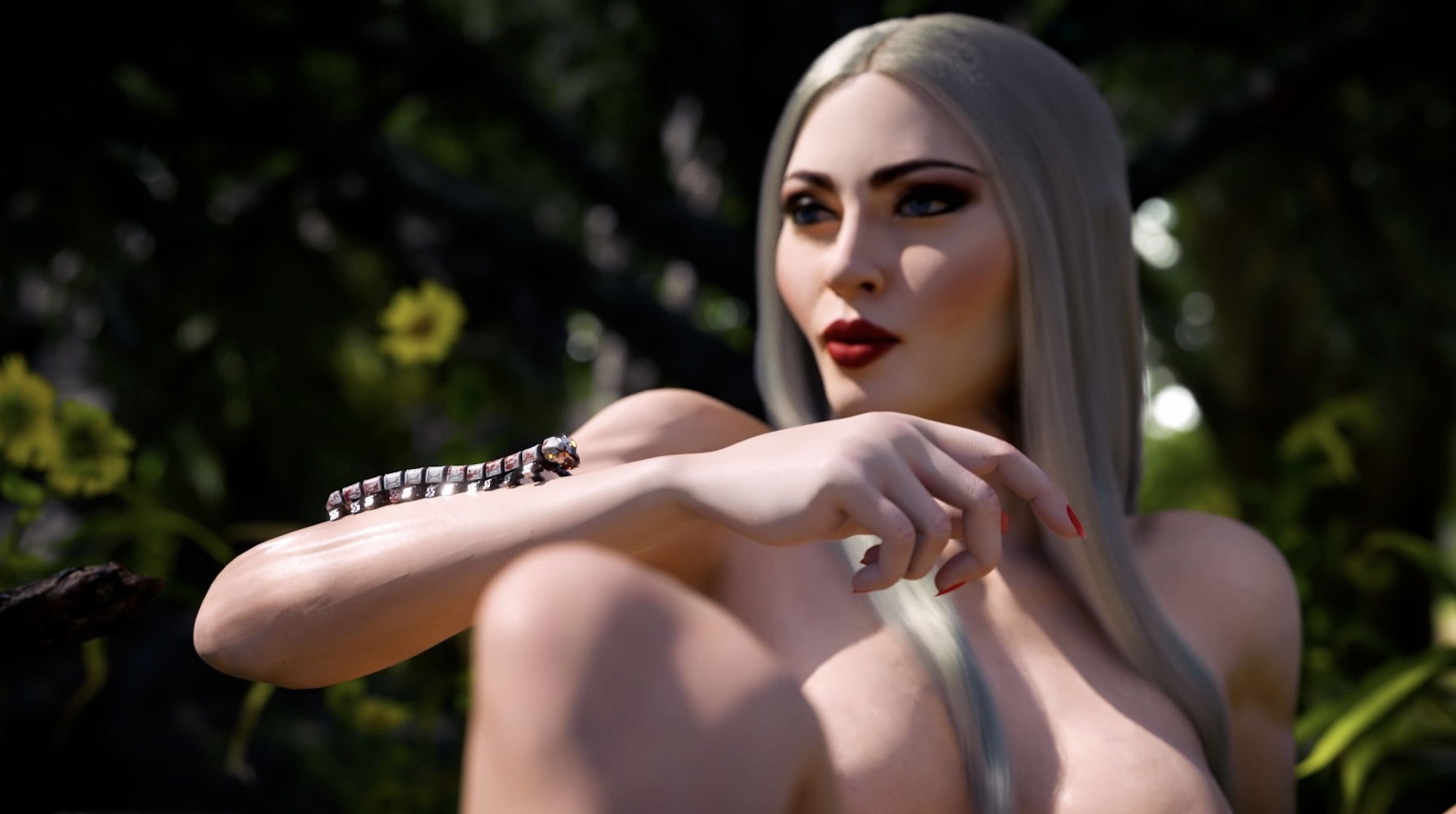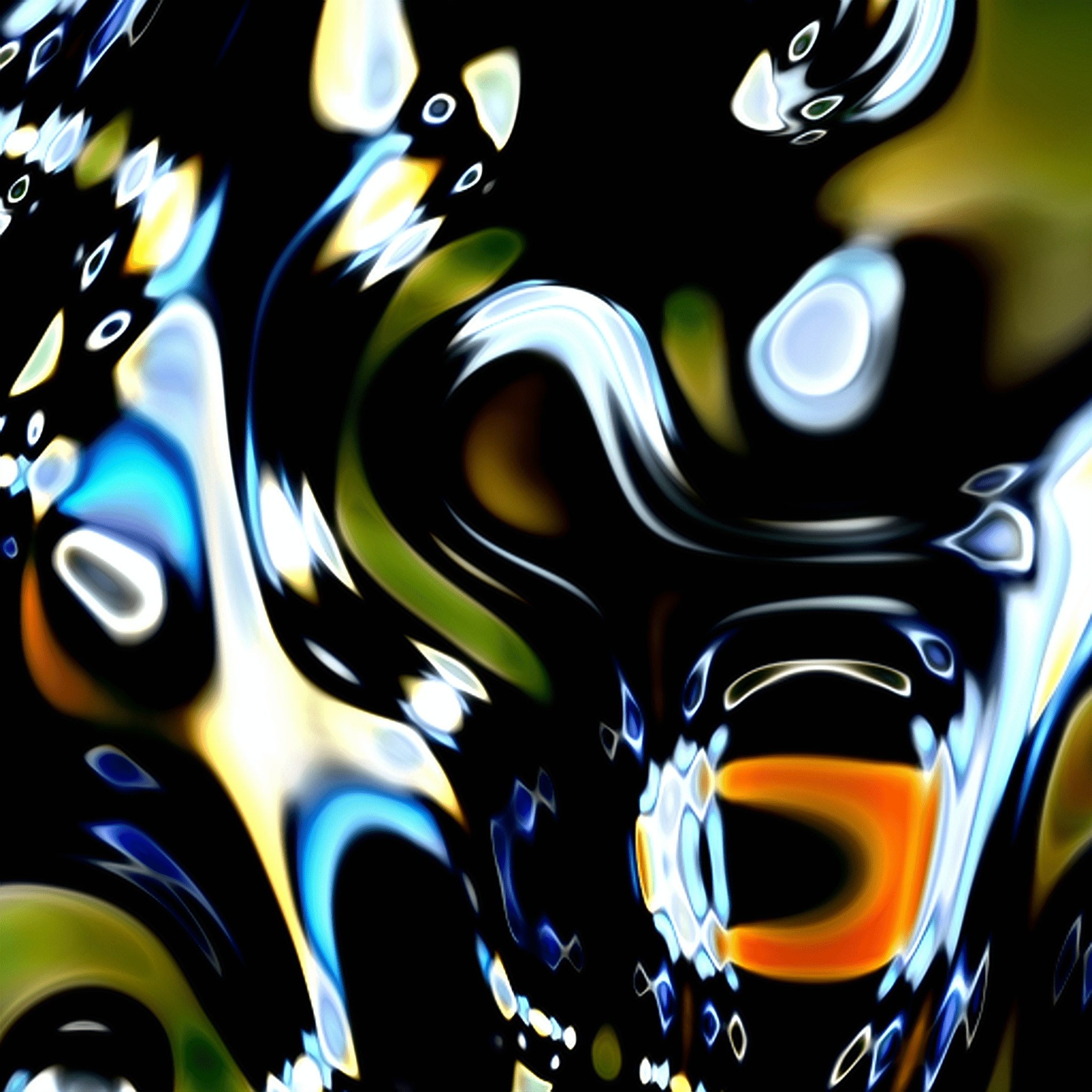For the past 35 years, Artist Rights Society’s (ARS) mission has been to safeguard the intellectual property rights of artists through copyright, licensing, and monitoring. Representing over 120,000 artists worldwide, they are open to all creators. Focused on empowering artists, they are an active advocate for the American Royalties Too (ART) Act, which aims to give fine artists the same resale royalty rights enjoyed by actors, musicians, and writers.
So far, those efforts have been unsuccessful. But thanks to the possibility of offering resale rights to artists through the Blockchain, ARS is entering Web3 through a new endeavor, Arsnl. The digital platform helps artists and institutions navigate the metaverse, while also—for the first time ever—producing and selling artworks.
“Our hope is that we will be able to set licensing standards for Web3 in the same way that we have been able to in all other sectors,” said Katarina Feder, Founder of Arsnl and Vice President of ARS. “Resale royalty has been a huge issue for us and we are so excited that blockchain has enabled the private sector to do what the government has failed to, create a standard for remuneration on the secondary market.” ARSNL is focused on bringing both fine artists into Web3, as well as representing crypto-based artists, now working with a growing number of digital native creators.
When the ask was put out to ARS’s extensive community of artists to create the first collection of digital works with Arsnl, Frank Stella was quick to reply. Having worked with computer models to create his abstract sculptures for over three decades, it was a natural fit. In fact, he’d already been in conversation with ARS around previous requests to create NFT projects. For the inaugural collection, Stella created “Geometries,” a series of 22 original designs—20 in editions of 100 for $1,000 each, and two bonus pieces given to buyers of complete sets. Every Stella NFT comes with 3D printing instructions, to be used by the owner should they want to print a real-world piece, at whatever scale they choose.
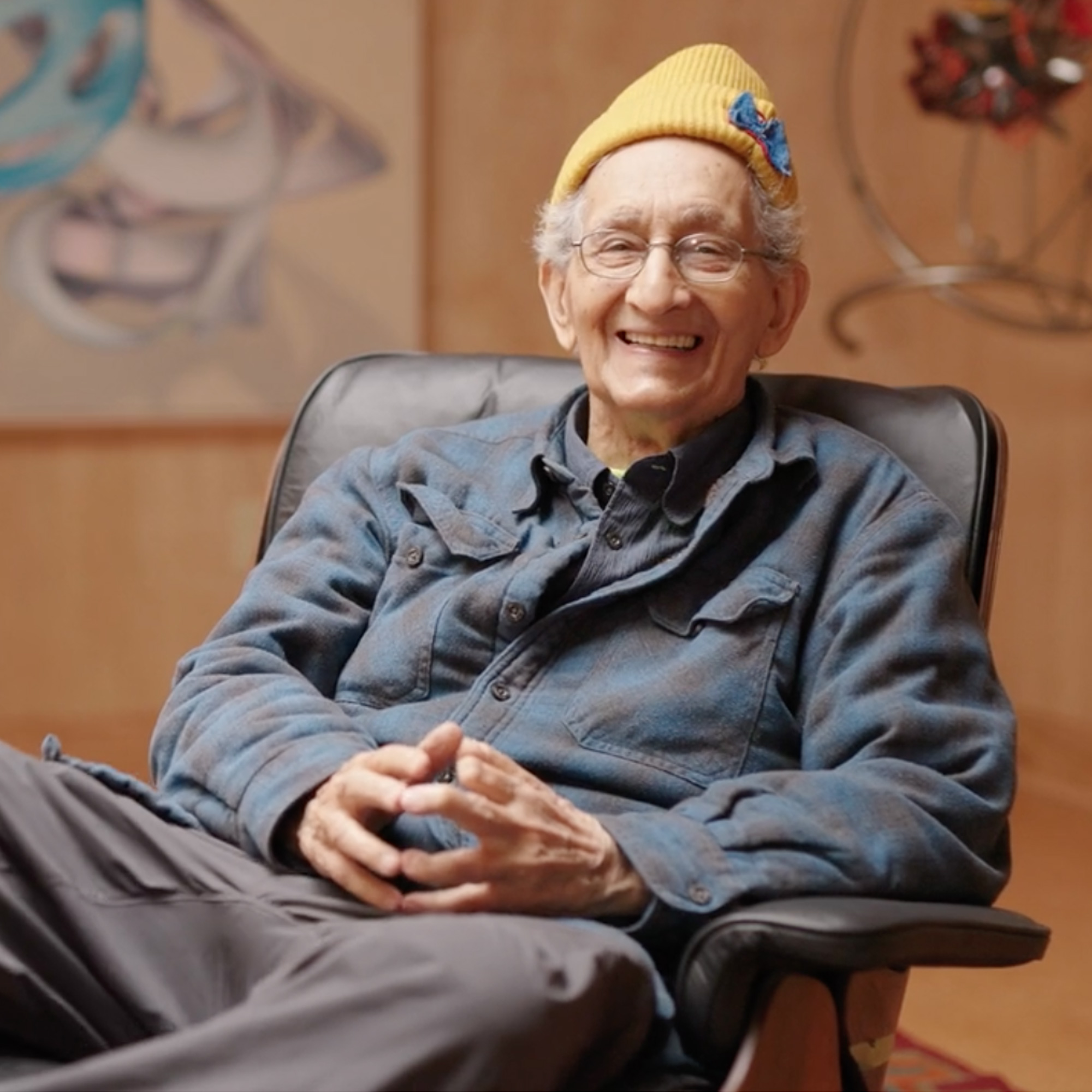 Frank Stella, courtesy of Arsnl.
Frank Stella, courtesy of Arsnl.
“Debuting with Frank Stella, for us, was a no-brainer. As soon as the studio showed interest we knew that it would be something special. Frank has been using CAD and 3D printing in his sculptural practice for over three decades. That is insane! Just thinking about how avant-garde he is—and continues to be—as a creator is really awe-inspiring,” said Feder.
Ahead of the launch of “Geometries” on Arsnl next week, Whitewall caught up with Stella to hear how his interest in NFTS revolves around questions of ownership, reproducibility, and benefits to all artists.
WHITEWALL: You’ve long been involved with ARS. Why is that important for you as an artist?
FRANK STELLA: The people who make art deserve to have some control over it. ARS doesn’t just protect its members—its work benefits all artists.
WW: When did you first start thinking about making art in the digital space?
FS: I’m not sure that I have. We’ve been using computer models since the ‘80s or ‘90s, and a lot of the prototyping and exploration happens on the computer, but there’s a back and forth between the digital and the physical. We print things out and modify them physically, and if we like what happens, then that goes back into the computer.
WW: When Katarina put out the call, what made you say, Yes?
FS: We had been approached a few times about NFT projects and the first thought was to call up ARS to see what they thought. There’s a lot of the technology and the culture that I just don’t understand, and so having someone I knew and trusted was important. And again, I felt like it would be good to try to set a precedent for other people that artists deserve resale rights.
WW: What potential do you see in NFTs for the benefit of the artist?
FS: I think NFTs offer two specific benefits. First, they may be the way to address ownership and reproducibility as technology improves. We already live in an era where objects are relatively easy to reproduce. But as imaging and fabrication technologies get better and better, you can imagine heading to a place where physical objects are nearly as reproducible as digital ones, which leads to the question of what it means to own something, and whether it makes sense for people to buy real art rather than copies.
I would always rather own the “real” thing rather than a perfect copy, but something that is theoretically as impossible to reproduce as an NFT could help answer how artists can maintain control over their work if things keep going in that direction.
The second thing, which I mentioned before, is that NFTs can have built-in resale rights. That’s wonderful, and something I want to encourage.
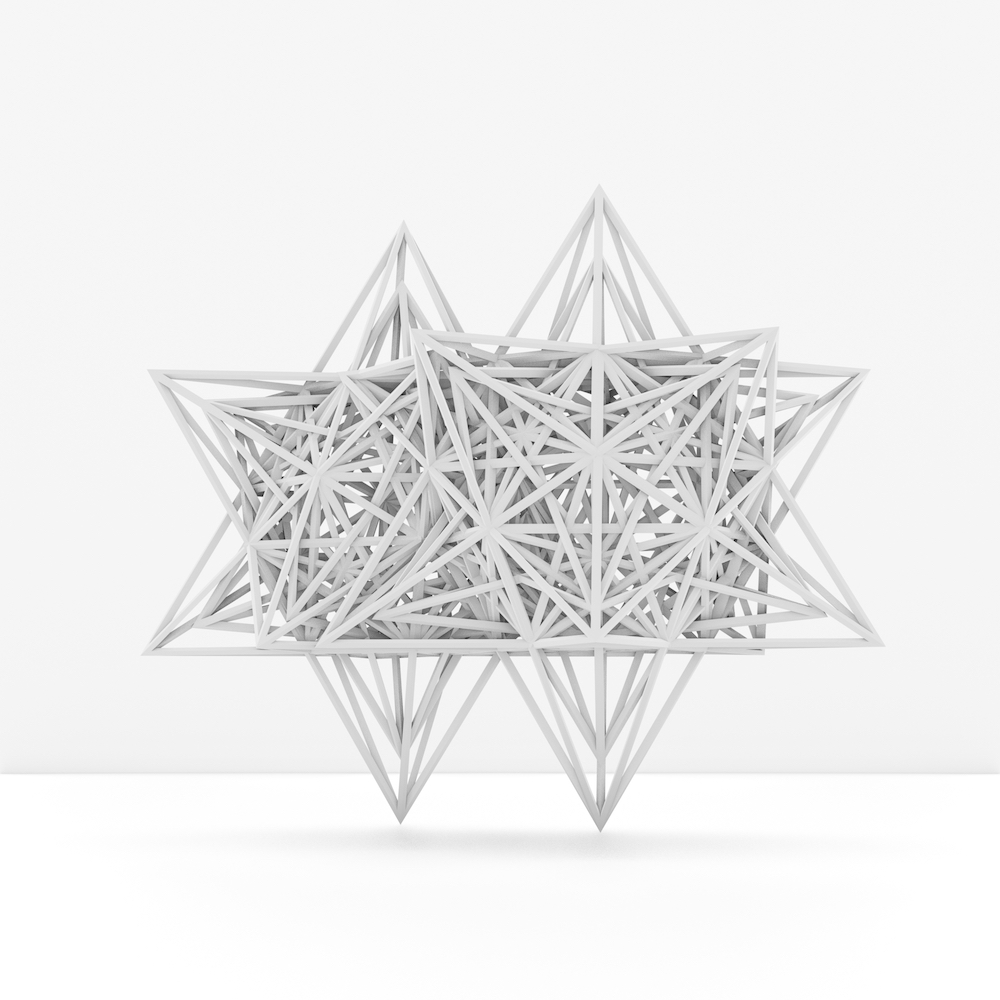 Frank Stella, “Geometry I,” 2022, courtesy of Arsnl.
Frank Stella, “Geometry I,” 2022, courtesy of Arsnl.
WW: So, you think technology can be used to help protect the artist?
FS: Absolutely.
WW: How did you arrive at the series “Geometries” for this project?
FS: These pieces are different from the physical works in that they don’t exist as anything more than, ultimately, a geometrical description. Scale, weight, color, and appearance are all just overlaid over the geometry for display. The actual work is just geometry.
WW: Did your experience in creating digital models for your sculptures naturally translate into making digital work?
FS: As I said above, these kinds of pieces are made in a back-and-forth process between physical and digital. That’s what these are. It’s the same process.
WW: Each is $1000, in an edition of 100, with 3d printing instructions (22 works)
What made you interested in making these accessible, as well as offering the possibility for collectors to make a real-world version of them?
FS: I don’t know what the price of a piece of geometry should be. A thousand dollars seems like the appropriate amount of money for an idea. And I wanted them to be printable so that if you’re interested you can have another kind of interaction with them – you can feel them and twist them and play with them.
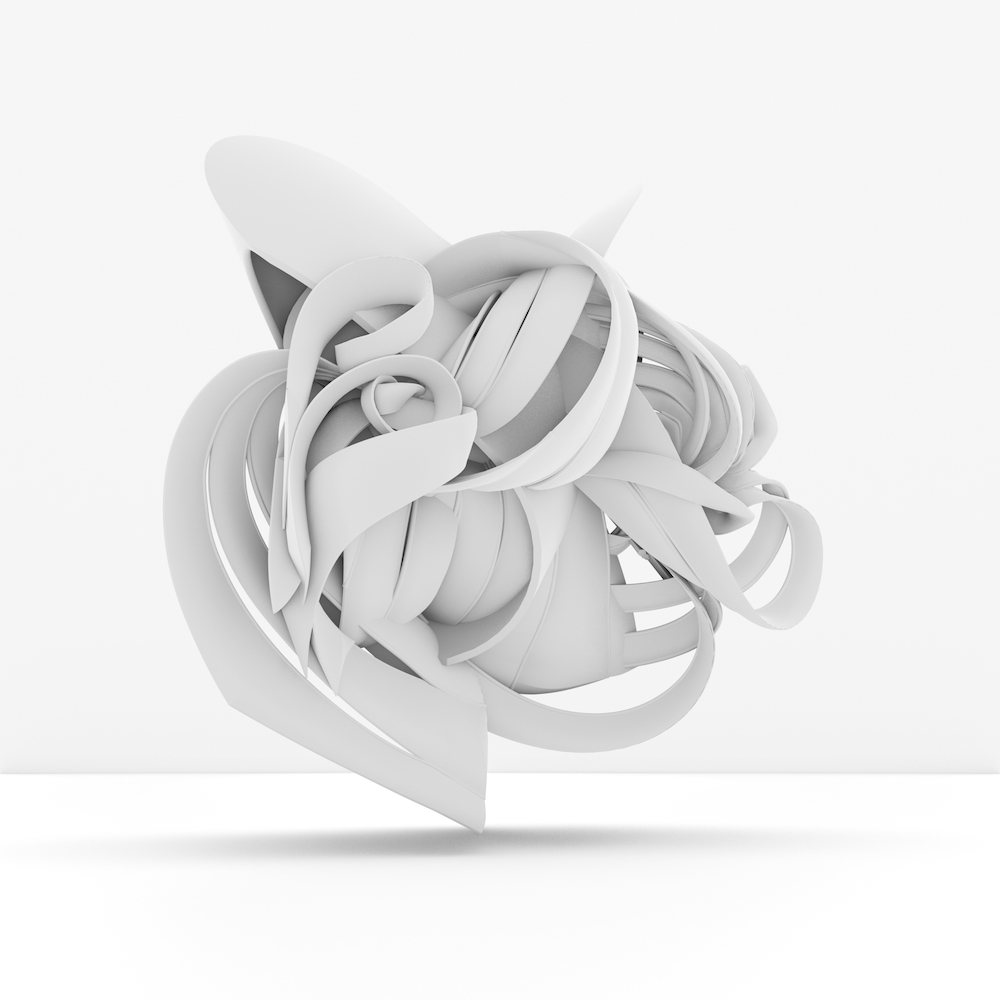 Frank Stella, “Geometry XXII,” 2022, courtesy of Arsnl.
Frank Stella, “Geometry XXII,” 2022, courtesy of Arsnl.
WW: Was there anything new, maybe in terms of shape, you could explore with this series? Given that these are digital works, was there a greater sense of freedom?
FS: This project covers a bunch of the themes and images we’ve been playing with over the last decade or two. And no, I don’t think that you are ever really “free” of the physical—it’s intrinsic in how you relate to objects.
WW: You’ve said before that you see your sculpture as another surface for painting. These pieces are all white. Can you tell us about that choice?
FS: Melville wrote a chapter in Moby Dick called the “whiteness of the whale” that I always think of. But being less flip, they aren’t really white. They have no color because they’re really just geometric expressions. When you display them or try to make them into objects, you have to impose a lot of things on them. You need color, you need size, you need lighting, but none of those are really intrinsic, they’re more sort of concessions to a person trying to relate to a digital thing as “real.” When I make physical pieces, they usually don’t stay white.






